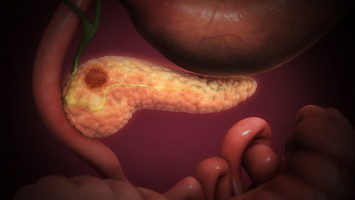
Van Andel Institute scientists and collaborators have developed a new method for identifying and classifying pancreatic cancer cell subtypes based on sugars found on the outside of cancer cells.
These sugars, called glycans, help cells recognise and communicate with each other.
They also act as a cellular “signature,” with each subtype of pancreatic cancer cell possessing a different composition of glycans.
The new method, multiplexed glycan immunofluorescence, combines specialised software and imaging techniques to pinpoint the exact mix of pancreatic cancer cells that comprise tumours.
In the future, this information may aid in earlier, more precise diagnosis.
The method was described in the journal Science Advances.
Pancreatic cancer often does not cause noticeable symptoms in its early stages.
As a result, only 15% of pancreatic cancers are found in time to allow for surgical removal.
To make things more complicated, pancreatic tumours can include many different subtypes of malignant cells, each of which respond differently to treatment.
“Our new method allows us to go one step beyond cancer diagnosis by revealing which subtypes of pancreatic cancer cells make up a tumour. The more we know about which cells are present, the better physicians can tailor treatments for each patient,” said Brian Haab, Ph.D., a VAI professor and corresponding author of the study.
The glycan signatures were identified by analysing tumour tissue.
The research team then refined their approach to detect glycans secreted into the blood by cancer cells.
This is important, Haab said, because blood tests are easier on patients — they are far quicker, cheaper and less invasive than surgery.
The method is not yet available for use in clinical labs, but Haab is hopeful that in the next few years, it could become a standard step in pancreatic cancer diagnosis.
In the meantime, the team continues to validate their method and search for signatures of rarer cell types.
They’re also exploring if it can be used to better detect and characterise other gastrointestinal cancers.
Source: Van Andel Research Institute